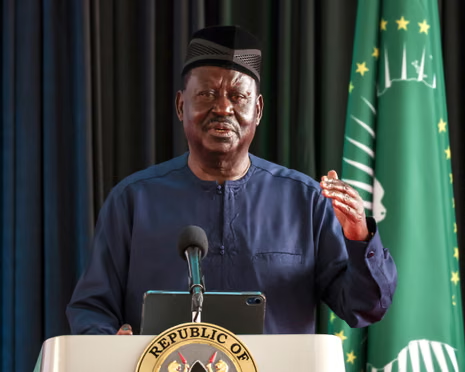WFP cuts food aid target to just 1 mln due to under funding

By Agencies
THE World Food Programme (WFP) says it is now able to assist slightly close to 1 million Zimbabweans from the targeted 2 million people during the current lean season caused by the El Niño-induced drought.
The United Nations agency had planned to reach at least 1,8 million people — 1,5 million in rural areas, while 300 000 were targeted in urban areas — for the lean season assistance programme.
WFP has, however, indicated that it will assist close to a million families through the lean season programme.
Early this year, more than 230 000 people were expected to receive food assistance during the lean season covering the months of January to March following the launch of the United States Agency for International Development (USAid)-sponsored US$11,3 million programme.
The programme, implemented through the World Food Programme (WFP)’s Lean Season Assistance (LSA) project, was expected to provide monthly food baskets for approximately 230 000 food insecure people in the drought-prone districts of Mwenezi, Mangwe, Chivi and Buhera.
Speaking during a question-and-answer session after a US$5,1 million donation signing ceremony with Japan in Harare this week, WFP country director Barbra Clemens said resources were still needed to cover more people.
“We continue to raise resources or try to raise resources in order to cover more people. As it stands now, we plan on assisting a little under a million Zimbabweans who are in need of assistance at the peak of the lean season,” she said.
Clemens said the focus on the assistance programme would start late December and last until the end of March at the peak of the season.
“We also provide assistance under the US$50 million that we have received, but also assist government in certain locations by partnering with it to move food to its prioritised districts as well,” she said.
WFP head of external relations Ifeoma Madueke Garba said they were only able to raise about US$50 million for the El Niño response.
“So far, what we have will not be able to reach seven million people, so we still have a huge gap of about, give or take, US$150 million or so based on our resource localisation gap for the El Niño response,” she said.
“This is about US$200 and something million from what we wanted, about US$201 million.”










